Due to increased sea temperatures and climate change, one of Antarctica’s biggest glaciers is melting away.
A glacier is a persistent body of dense ice that is constantly moving under its own weight. A glacier forms where the accumulation of snow exceeds its ablation over many years, often centuries. Glaciers form only on land and are distinct from the much thinner sea ice and lake ice that forms on the surface of bodies of water.
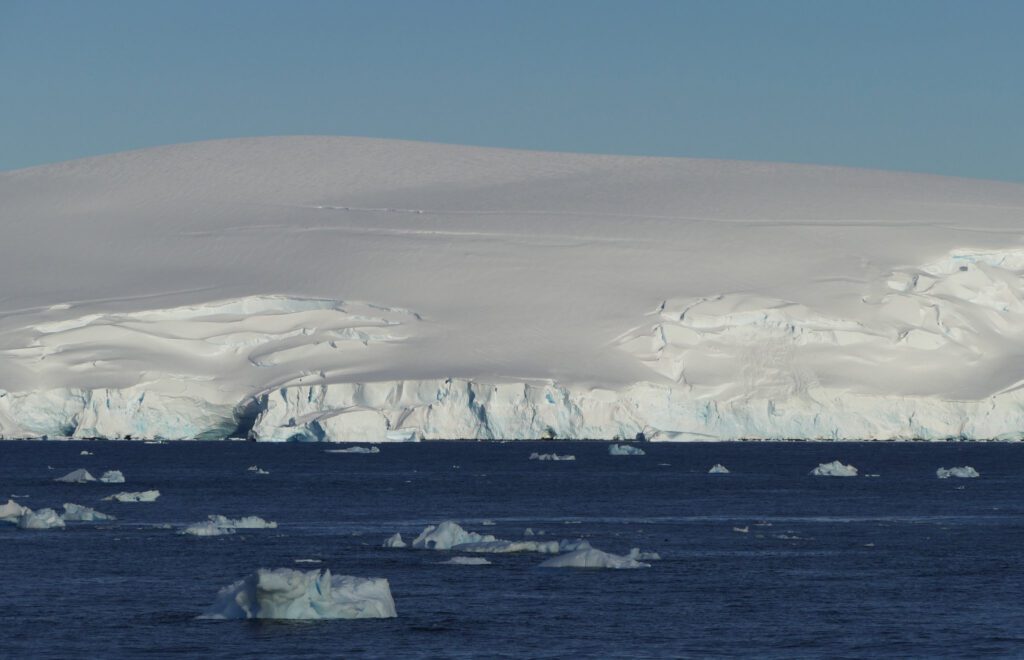
On Earth, 99% of glacial ice is contained within vast ice sheets (also known as “continental glaciers”) in the polar regions, but glaciers may be found in mountain ranges on every continent other than the Australian mainland. Glaciers form the largest reservoir of freshwater on the planet.
The Thwaites Glacier, also known as the Doomsday Glacier, is an unusually broad and vast Antarctic glacier flowing into Pine Island Bay, part of the Amundsen Sea. It is approximately as big as Britain.
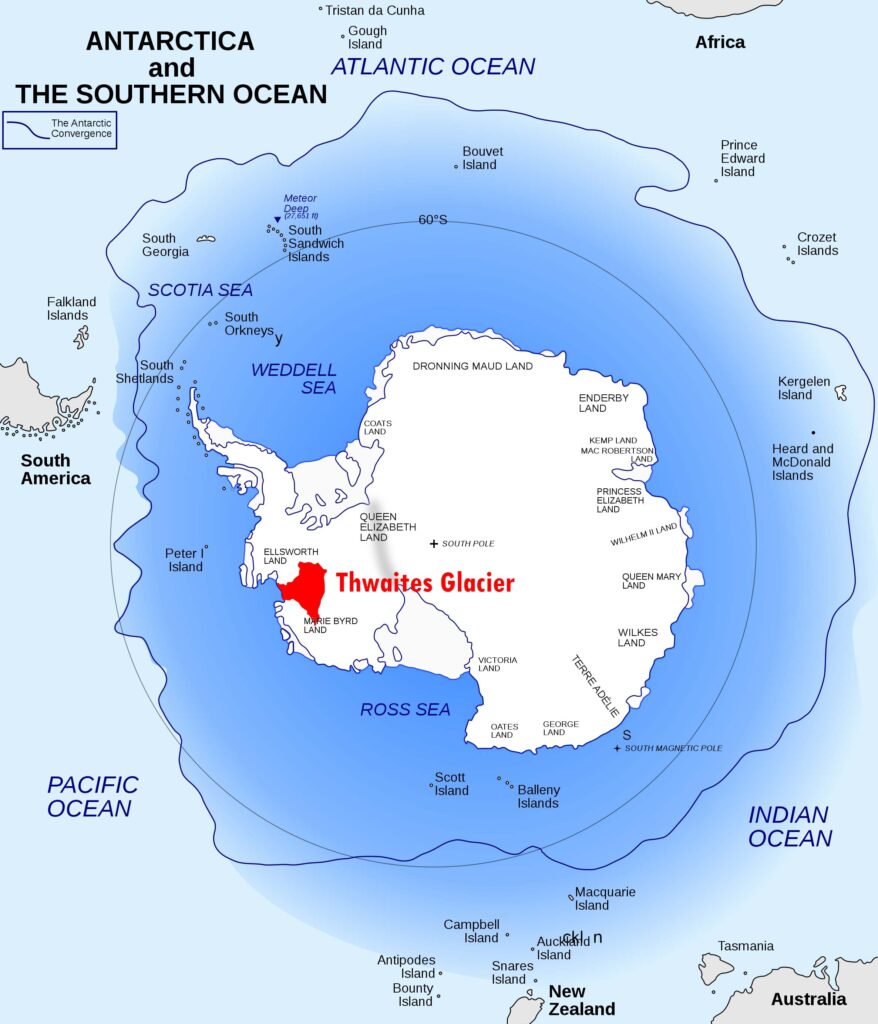
Thwaites Glacier is closely watched for its potential to raise sea levels. Antarctica’s Doomsday Glacier could meet its doom within a few years according to research. Researchers warned at a virtual press briefing at the annual meeting of American Geophysical Union (AGU) that the glaciers’ rapid deterioration could end with the ice shelf’s complete collapse in just a few years.
Spanning about 80 miles (120 kilometers) and extending to a depth of about 2,600 to 3,900 feet (800 to 1,200 meters) at its grounding line, Thwaites glacier in western Antarctica is the widest glacier on Earth. There the glacier transitions from a land-attached ice mass to a floating ice shelf in the Amundsen Sea. Thwaites is sometimes referred to as the “Doomsday Glacier,” as its collapse could trigger a cascade of glacial collapse in Antarctica, and the latest research from the frozen continent suggests that doomsday may be coming for the dwindling glacier even sooner than expected.
Due to the human-induced climate change and increased warming in Earth’s atmosphere and oceans, observations of the Thwaites Glacier show that the glacier is changing more drastically than any other ice and ocean system in Antarctica in the past decade. Thwaites Glacier is likely to collapse within a decade from 2021, leading to increased outflow and contribution to sea-level rise.
While the immediate prediction is grim for Thwaites’ ice shelf, the long term conjecture for the rest of the glacier is less certain. If the shelf collapses, the glacier’s flow will likely accelerate in the area toward the ocean, with parts of it potentially tripling in speed; other chain reactions could also play a part in driving accelerated ice fracturing and melt, Ted Scambos, International Thwaites Glacier Collaboration Lead Coordinator said at AGU. But the timeframe for those changes will be decades rather than a handful of years, according to the briefing.
The US National Science Foundation (NSF) and UK Natural Environment Research Council (NERC) have come together to form International Thwaites Glacier Collaboration. The team will study a swiftly changing glacier almost the same size as Florida or Britain.
Scientists believe that melting of Thwaites, might cause a lot of difficulties for the coastal communities. Along with sea level rise regular flooding will become the new normal. Many island states with miniscule contributions towards global warming will be facing the brunt of the sea level rise.
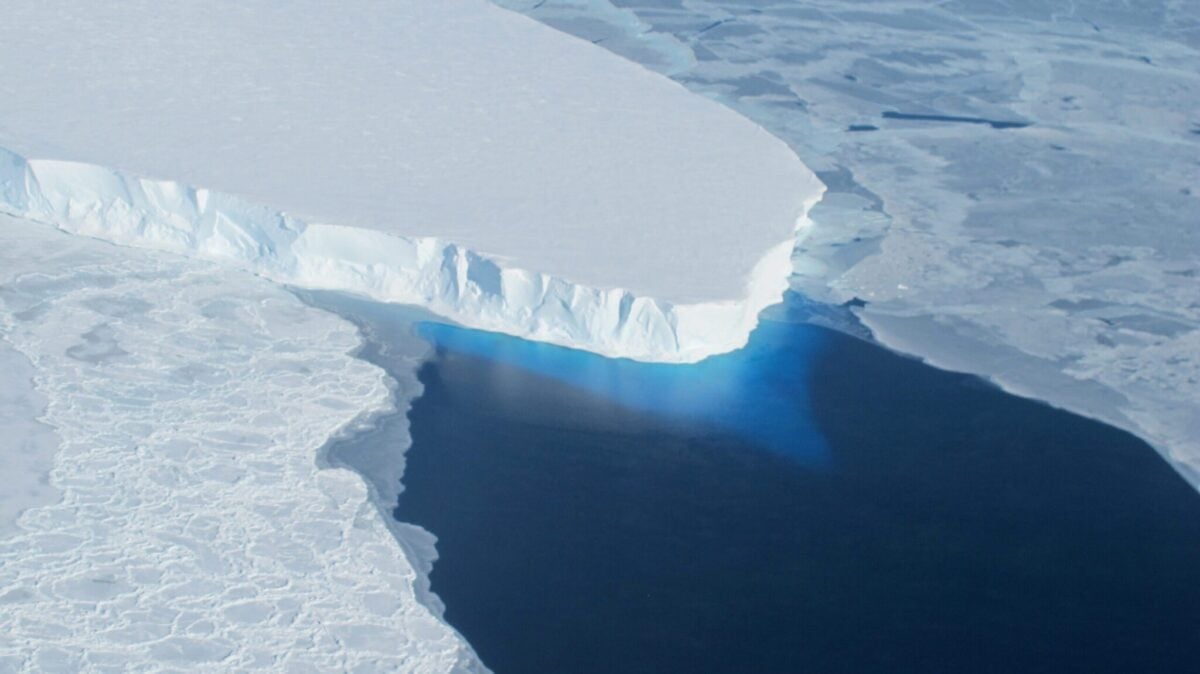



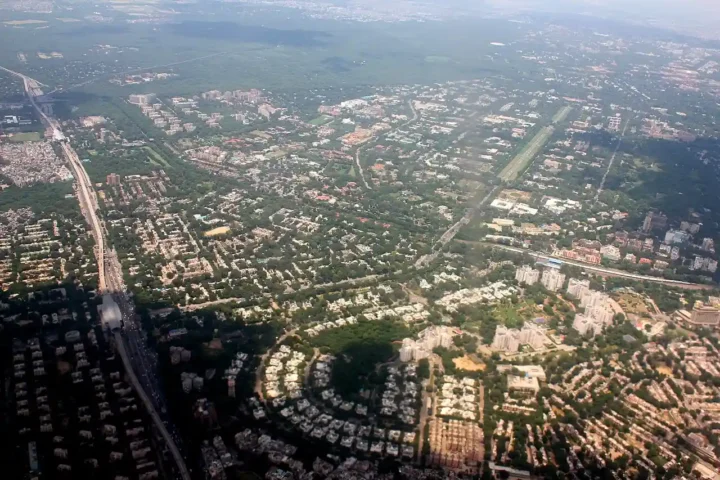
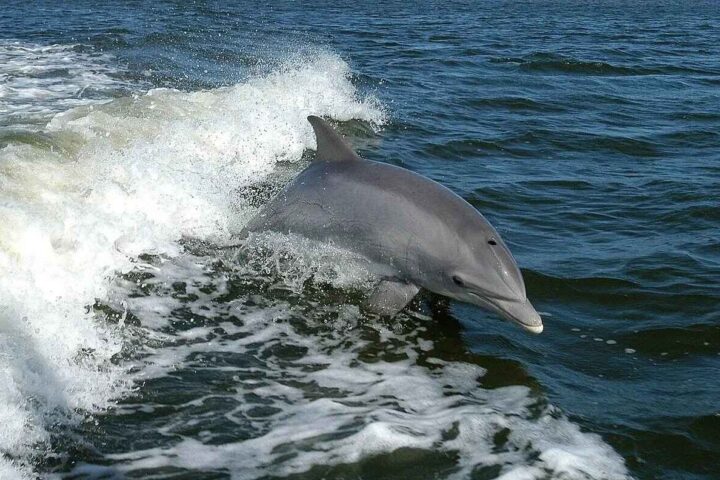



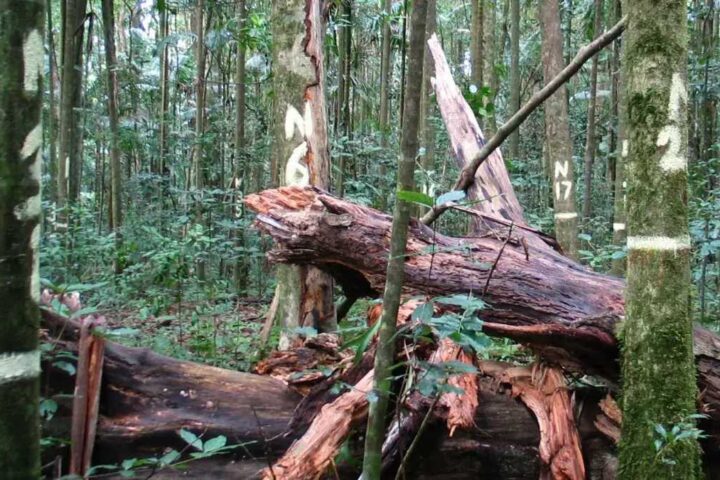







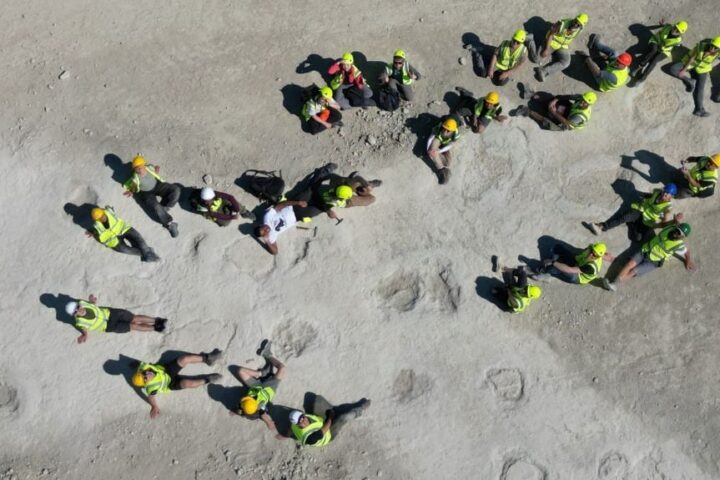

Shows us how much the climate is affecting the glaciers
Global warming is no more a topic to be discussed in drawing rooms with a cup of tea but a crucial dya to day effect all are experiencing.
On reading the article it’s not something to sit on and forget .